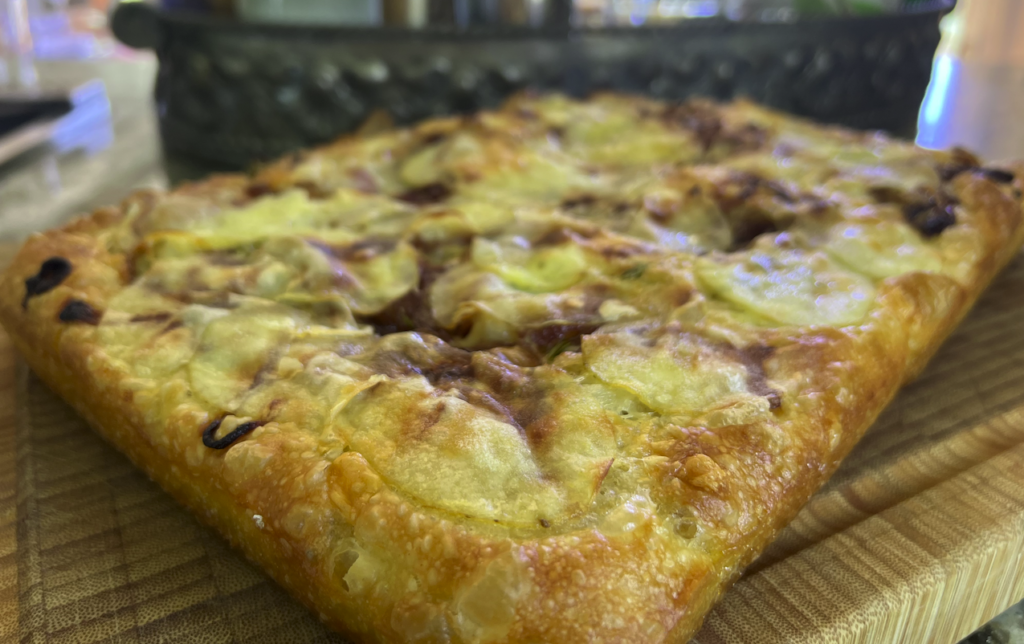
This post originally published for the Camp Sierra Newsletter.
I’m a red wine girl, if I’m going to drink rosé at all, it better be a skin-kissed orange number with a little minerality and some getting used-to (like me). And it better be hot outside. Don’t get me wrong: if you’ve got some Nicolas Feuillatte, I’m your huckleberry, but I generally do not “do” the pink stuff. In the words of the great Madeleine Kahn, it’s so … “ordinary.”
So it was with a sense of snob-like superiority that I turned up my nose at the “Frosé” offered to me by the cutest Cuban waiter ever in a Miami brunch hotspot. Frozen Rosé? Thank you, but no. I’ll have a Sancerre, please. I’m not a farmer.
Apparently, he’d seen the haughty likes of me before and simply replied, “I’ll just bring you some, anyway,” and off he went. I’ll cut to the chase: I had three glasses, the waiter and I became besties, and he even gave me the recipe. I learned all about his life, how he landed in Florida from Cuba, and we even hung out after brunch and danced to the live salsa music. I’m now a life-long lover of frosé, have a better understanding of the Cuban spirit, and can do the merengue. Win-win.
When we’re kids, we are always so ready to believe we don’t have all the answers. That’s what makes children open to new experiences in a way that adults are not. Don’t lose that curious spirit. Try the thing you thought you would hate, and don’t worry if anyone’s watching. It’s not your business what they think of you.
THE RECIPE: Here’s how to make Frosé. Pour a bottle of hearty rosé into ice cube trays and freeze. The alcohol content will make the cubes a little soft, but they’ll freeze to a slush like consistency sufficient to get them out of the container. Freeze about 8 ounces of hulled strawberries (or you can simply purchase frozen ones). Add the frozen berries and the frozen wine to a blender, with 3 oz of fresh lemon juice and (optional) 4 oz simple syrup. Blend. You can drink right away, or put back in the freezer for 30 minutes to firm up. If you want to make it well in advance, I suggest adding a 1/4 cup of vodka before returning it to the freezer. it should be just enough to keep it from freezing completely.
Note: Gordon Ramsay’s restaurant in London services this in paper cups (not glass) because it takes longer to melt that way. Can confirm. BTW, this is a great way to use up leftover rosé. I always have a few cubes and a few frozen berries in the freezer for a Frosé

